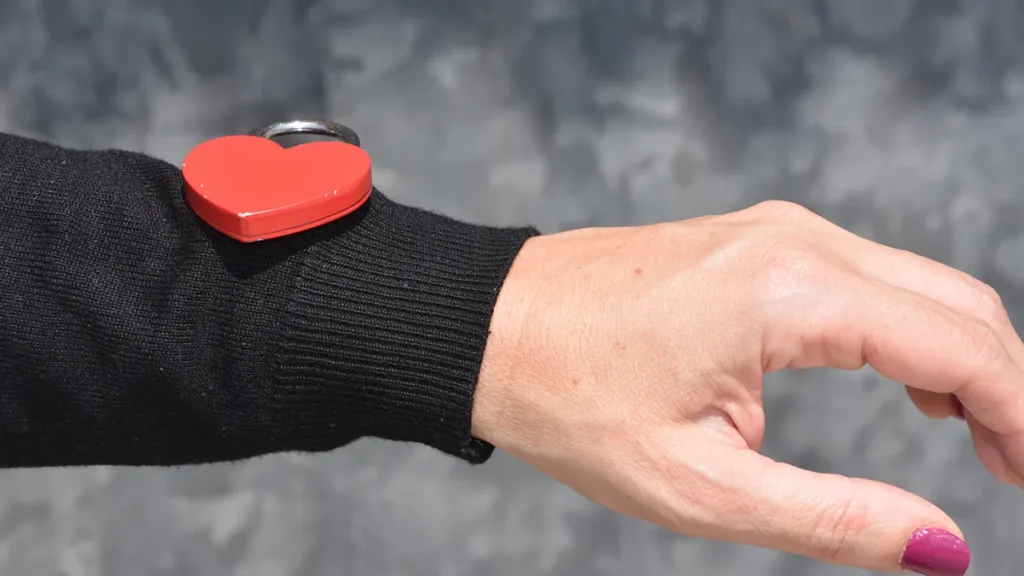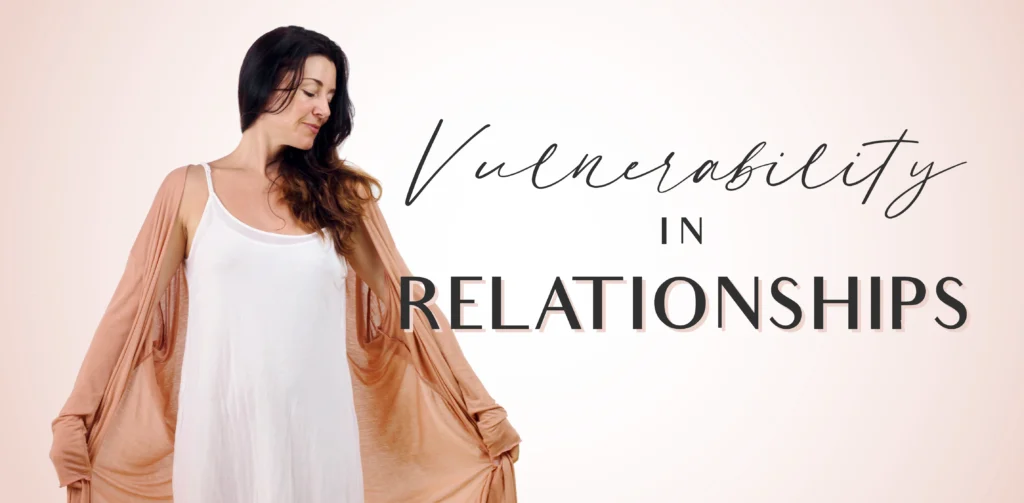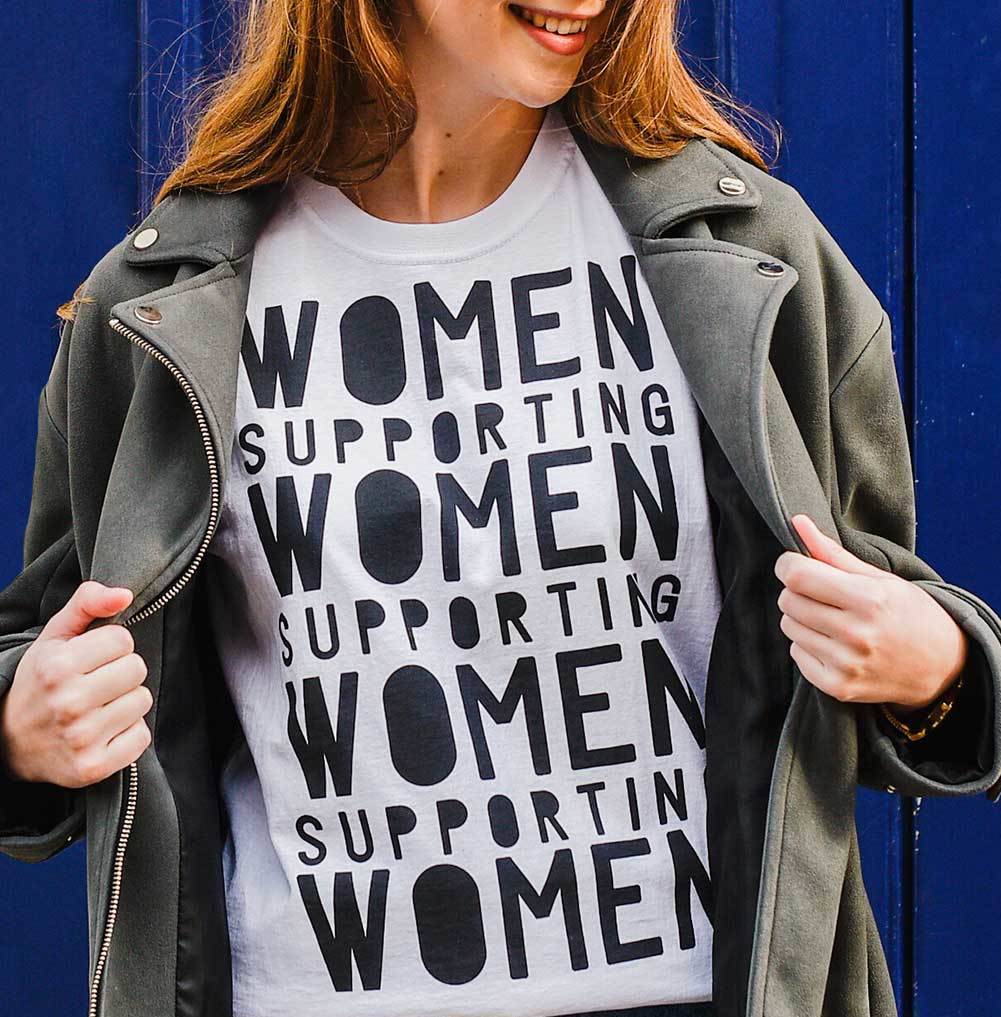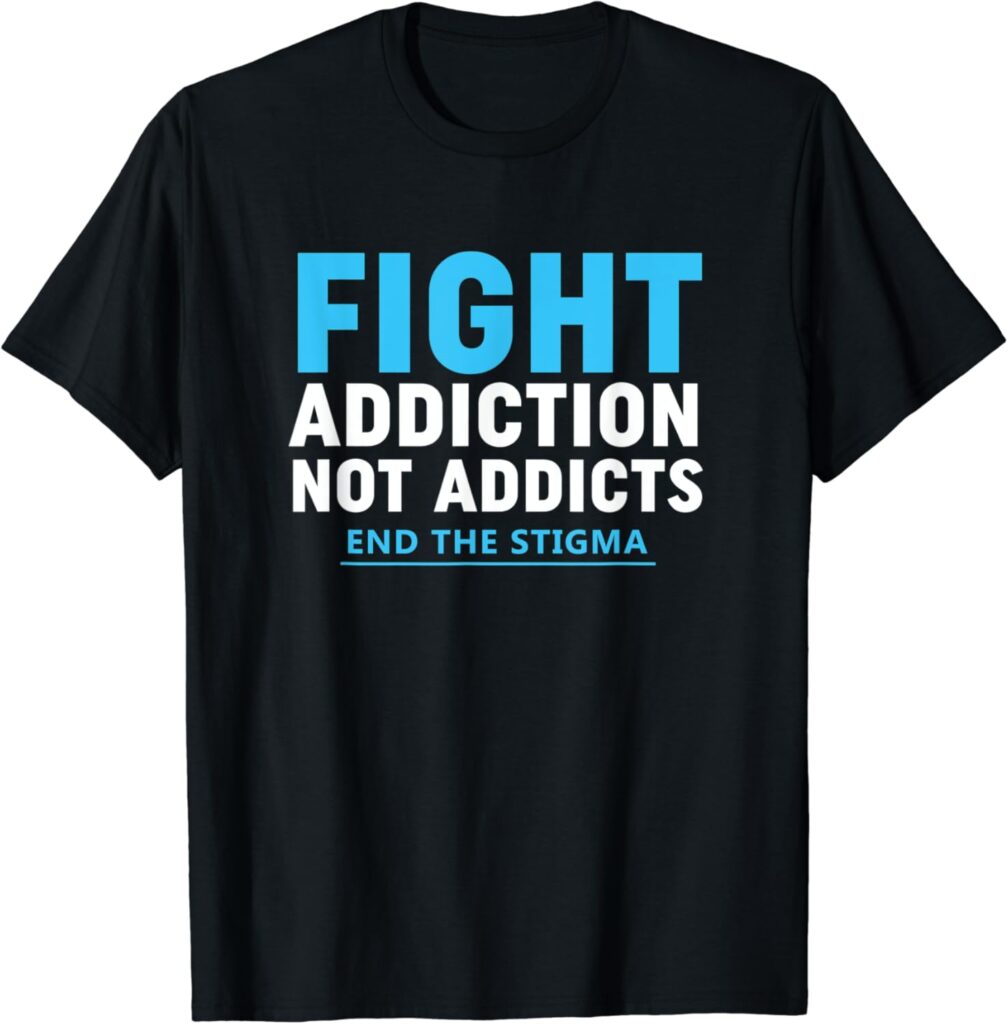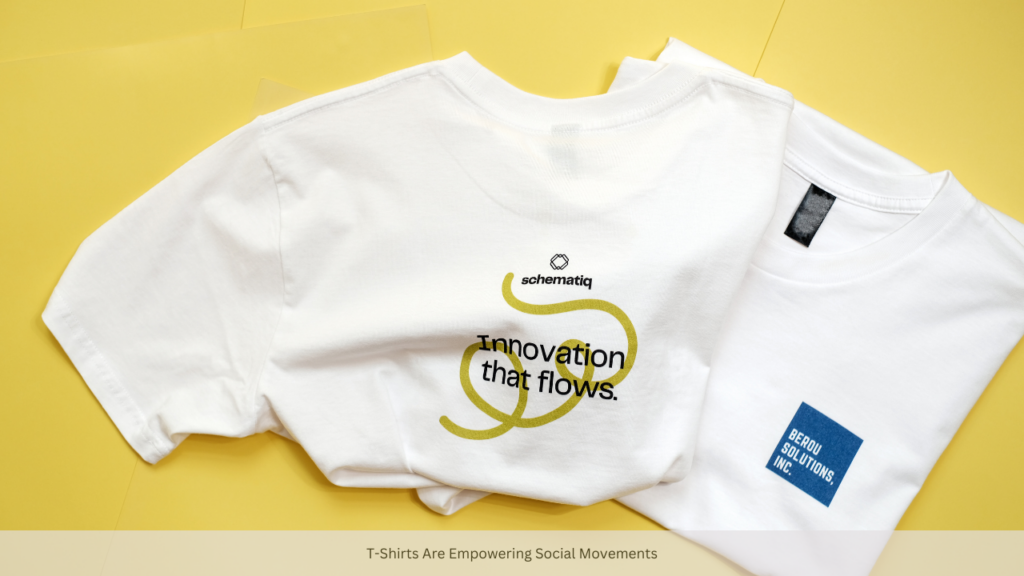
In a world that increasingly values emotional openness, especially in the age of social media and mental health awareness, it’s easy to blur the lines between authenticity and oversharing. Expressing your emotions can be a beautiful way to connect, heal, and be seen—but when every feeling becomes public, emotional expression can shift from empowering to overwhelming. So how do we strike a healthy balance between sharing honestly and protecting our emotional well-being?
The Rise of Oversharing
Oversharing is often driven by a desire to feel connected, validated, or understood. Whether it’s a heartfelt social media post or an impulsive vent to a new acquaintance, the urge to let it all out can be strong—especially for those craving emotional release or support. But when we share too much, too soon, or with the wrong people, we risk leaving ourselves vulnerable to misunderstanding, judgment, or even emotional harm.
Oversharing can also backfire emotionally. Instead of feeling relieved or supported, we may walk away feeling exposed, ashamed, or unheard. When this happens frequently, it can take a toll on self-esteem and increase feelings of anxiety or regret.
Authenticity vs. Exposure
Authenticity is not about broadcasting every emotion. It’s about being true to yourself—honest, yes, but also intentional. When you’re authentic, you express what’s real in a way that aligns with your values and respects your emotional needs and boundaries.
Authentic sharing comes from a place of self-awareness. It’s the difference between saying “I’m really struggling right now” because you trust someone with your vulnerability, and blurting out your trauma story to a stranger in hopes of connection. Both stem from the same emotional core—but only one is likely to leave you feeling grounded.
Building Emotional Boundaries
The key to balancing emotional expression lies in setting healthy boundaries. This doesn’t mean closing yourself off—it means choosing when, how, and with whom to share. Not every moment is the right moment, and not everyone is a safe audience. Learning to pause and reflect before opening up can help you protect your mental and emotional energy.
Ask yourself: Why am I sharing this? Do I feel safe with this person? Am I looking for support, validation, or just an emotional release? These questions can help you determine whether you’re being authentic or just oversharing out of emotional impulse.
The Power of Discernment
Emotional expression is powerful when it’s rooted in discernment. Being intentional allows you to show up fully without feeling the need to explain every part of yourself. It gives you the freedom to be real without being raw in ways that leave you vulnerable to unnecessary pain.
You don’t have to reveal everything to be authentic. You just have to speak from a place of truth—and that truth can be quiet, measured, and sacred.
In Conclusion
Emotional expression is a gift, but like any gift, it should be given thoughtfully. By moving from oversharing to authenticity, we protect our peace while still showing up as our true selves. And in that balance, we find strength, connection, and emotional clarity.



